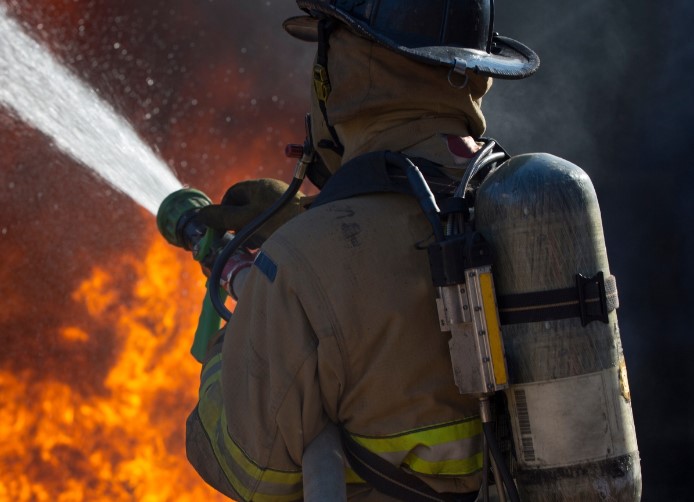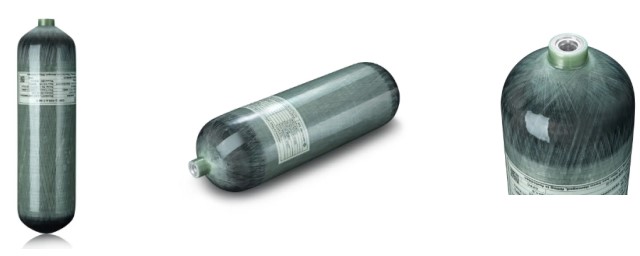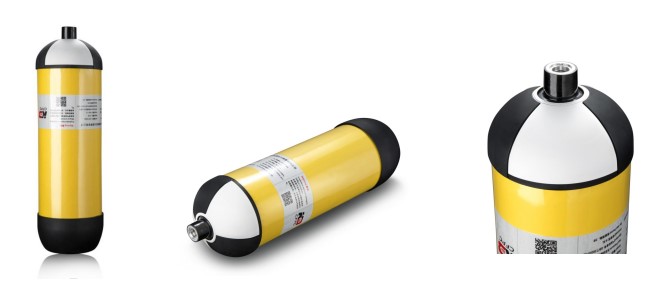For centuries, metal cylinders have been the workhorses of industry, from storing pressurized gases for diving to providing structural support in buildings. But a new era of lightness has dawned with the rise of carbon fiber. This wonder material boasts a strength-to-weight ratio that puts metals to shame, offering a compelling alternative for countless applications. This article dives into the advantages of carbon fiber cylinders, exploring how they’re revolutionizing various fields due to their remarkable weight savings and performance characteristics.
The Featherweight Powerhouse: Unleashing Performance Through Weight Reduction
Carbon fiber’s magic lies in its unique composition. Microscopic, incredibly strong carbon fibers are embedded in a lightweight resin matrix. This results in a material that’s incredibly strong for its weight. Compared to traditional metals like steel, carbon fiber cylinders can be a staggering 70% lighter while offering comparable levels of strength. This translates to a game-changing reduction in weight, unlocking a world of possibilities across various industries.
Imagine a firefighter lugging a heavy oxygen tank into a burning building. Every gram counts in such a situation. Replacing the traditional steel tank with a carbon fiber equivalent would significantly reduce weight, allowing firefighters to move with greater agility and endurance. This weight reduction translates to faster response times and improved safety for both firefighters and civilians.
Beyond Mobility: Efficiency Gains from Shedding Weight
The benefits of carbon fiber cylinders extend far beyond improved mobility. In the transportation sector, weight reduction is paramount for fuel efficiency. Replacing heavy metal components in vehicles, such as compressed natural gas (CNG) tanks, with carbon fiber counterparts can significantly reduce overall vehicle weight. This translates to improved fuel economy, reduced emissions, and a smaller environmental footprint.
The aerospace industry has wholeheartedly embraced carbon fiber. Every kilogram saved on an aircraft translates to increased payload capacity or greater flight range. Carbon fiber cylinders are finding their way into aircraft fuselages, wing components, and even landing gear, contributing to the development of lighter, more fuel-efficient airplanes.
Strength When It Matters: Carbon Fiber’s Hidden Advantages
While the spotlight often falls on carbon fiber’s lightweight nature, it’s important to acknowledge that it isn’t a one-trick pony. While metals might boast slightly higher raw strength in certain situations, carbon fiber offers unexpected advantages:
-High Specific Strength: Specific strength refers to a material’s strength-to-weight ratio. Here, carbon fiber shines. Even though its raw strength might be lower than steel, when you factor in its weight, carbon fiber often exhibits a superior specific strength, making it a more efficient material for many applications.
-Superior Corrosion Resistance: Unlike metals that are susceptible to rust and degradation, carbon fiber is generally immune to most forms of corrosion. This makes it ideal for applications in harsh environments, such as offshore oil rigs or marine vessels, where metal components are constantly battling the elements.
-Tailorable Performance: The properties of carbon fiber can be customized by adjusting the fiber type, orientation, and resin matrix. This allows engineers to create cylinders with specific strength characteristics tailored to the application’s precise needs.
Addressing Concerns: A Well-Rounded Material for Modern Needs
Despite its numerous advantages, carbon fiber isn’t without limitations. Here are some factors to consider:
-Impact Resistance: Metals generally outperform carbon fiber in terms of impact resistance. However, advancements are being made in resin technology to improve carbon fiber’s impact absorption capabilities. Additionally, strategic design incorporating localized metal reinforcements can address impact concerns in specific applications.
-Cost: Carbon fiber manufacturing processes are currently more expensive than traditional metals. However, the weight savings and potential performance benefits often outweigh the initial cost in critical applications, especially when considering the long-term benefits like lower operational costs due to fuel efficiency gains.
The Future is Light: A Material Revolution on the Horizon
The future of cylinders likely lies in a synergistic blend of materials. Hybrid designs incorporating carbon fiber for its lightweight properties and strategically placed metal reinforcements for localized strength areas are already under development. This collaboration will create the next generation of cylinders – incredibly light yet robust, pushing the boundaries of performance and efficiency across various industries.
The rise of carbon fiber cylinders signifies a paradigm shift. By embracing the power of lightness, we can create a world where industries operate with greater efficiency, transportation becomes more environmentally friendly, and critical tasks can be accomplished with improved safety and agility. Carbon fiber is not just a material – it’s the dawn of a new era of lightness, and its impact is only just beginning to be felt.
Post time: Apr-26-2024



